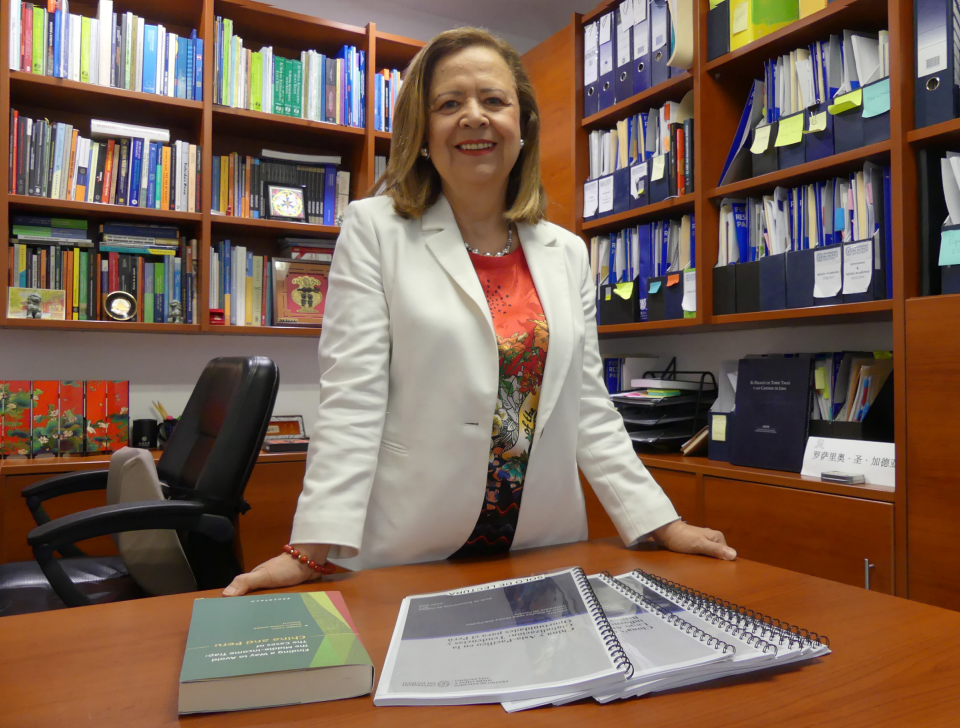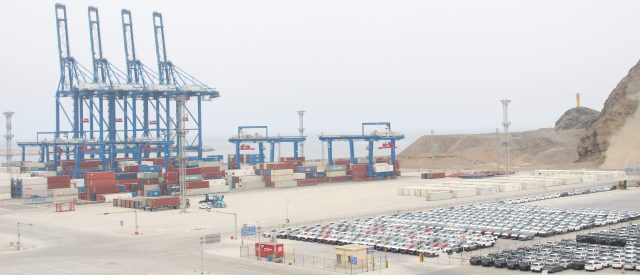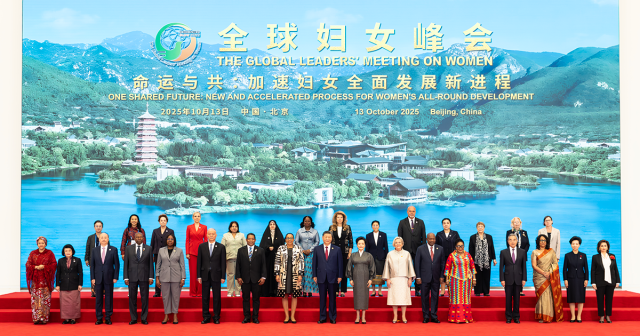Interview with Dr. Rosario Santa Gadea at Capechi Trade: Know to Negotiate Better
Por: Revista Capechi Trade N°12, Marzo 2023 | 9 March, 2023

Ten years have passed since the creation of the Center for China and Asia Pacific Studies at Universidad del Pacífico, one of the few institutions in Latin America that promotes knowledge and research on this key region for the future of trade. We sit down and talk with the center’s director, Rosario Santa Gadea.
How and why did the initiative to create a specialized center to study China and, later, Asia-Pacific come about? What was the purpose of this initiative?
The center was established in 2013 with the aim of promoting knowledge creation (research) and dissemination (lectures, symposiums, workshops), academic exchanges with professors and researchers from China and Asia-Pacific, and teaching on these topics. The creation of a center focused on the study of China, but at the same time with a global perspective on Asia-Pacific, is a pioneering initiative in the country, and we are one of the few institutions in Latin America with this specialization.
The importance of China to the global economy and to Peru and Latin America’s relations with the world is growing. In 2010, China became the second largest economy in the world and had doubled its share by 2021, reaching 18% of global GDP that year. China is one of the main investors in mining in Peru and, since 2014, is also our main trading partner.
In addition, Peru needs to place itself competitively in the Pacific basin, which is the most dynamic basin of the 21st century. To this end, it is necessary to have a thorough understanding of the opportunities and challenges in our relationship with this region. Together, the Asian and Oceanian economies in that basin accounted for 36% of world GDP in 2021, with China generating half of this share. Therefore, our work is aimed at contributing well-informed analysis and knowledge on these issues, both for the formulation of public policies and the design of business strategies, this helping, from this perspective, to generate synergies between the state, the private sector and academia.
What have been the center’s main achievements over the years?
The completion of six annual academic missions to China, in my capacity as director of the center, and one to the Republic of Korea, opened up contacts with academics and experts from 26 universities and think tanks, including the most highly regarded institutions. This has been the basis for numerous joint activities in research, dissemination and knowledge exchange.
The center has produced 36 publications, including books, chapters, articles in academic journals, and the center’s own “Working Papers” and “Conference Papers” series. We have also organized more than 60 events, including symposiums and high-profile public conferences, as well as workshops and internal meetings where academics from China and Asia-Pacific have interacted with ours. In this way, we are promoting the best mutual knowledge.
An example is the book “Finding a Way to Avoid the Middle-Income Trap: The Cases of China and Peru,” which has 22 authors from both countries and was launched in 2021 to mark the 50th anniversary of Peru-China diplomatic relations. Our lines of research are: China and sustainable development; China-Peru and Latin America comparative economic development; infrastructure and connectivity with emphasis on China’s Belt and Road Initiative (BRI); innovation and technology (lessons learned); China-Peru and Latin America relations; and Asia-Pacific in globalization and its relations with Peru and Latin America.
We are making progress in all these areas and after ten years of intense activity, the center has attained an important position as an academic benchmark recognized by our Asian counterparts, as well as in Peru and Latin America. All our activities and publications are outlined at https://cechap.up.edu.pe/.
INVESTMENT IN INFRASTRUCTURE
The relations of Asian countries, particularly China, with Peru and Latin America have changed substantially in the last ten years. How do you envision this exchange evolving?
The substantive changes over the decade (2010-2021) in Peru’s relations with the countries on the other side of the Pacific are diverse. First, the trade dynamic with China has been greatly strengthened, the country having doubled its share of Peruvian exports to 32% in 2021. Second, opportunities have opened up with the signing of individual and group FTAs (CPTPP). The aim is to increase exports with higher value added.
The center is conducting research on the FTA with China as well as those with other Asian countries. It has been found that our use of the tariff preferences conferred through the FTA with China has been very high, although it is most concentrated among large companies. On the other hand, although our non-traditional exports to China have almost tripled in value, they decreased in terms of relative share (from 5% to 3% of the total). Therefore, the challenge remains the diversification of exports and the increase in SME participation in FTA benefits.
Finally, it is important to refer to the new trends of the Chinese presence in Peruvian infrastructure. Recent research carried out by our center allows for a preliminary estimate that between 2017 and May 2022, 25 Chinese companies, whether individually or in consortiums, won public tenders for 177 infrastructure projects worth approximately US$ 6,504 million (66% in connectivity works and services). Added to this is direct Chinese investment, in which the port of Chancay stands out with US$ 1.3 billion invested in the first stage.
In this regard, we are also carrying out research on the BRI economic corridors between China and Southeast Asia to identify lessons learned that would be useful for the design of a “trans-Pacific economic corridor”, with a view to development, around this port. CT
View more
